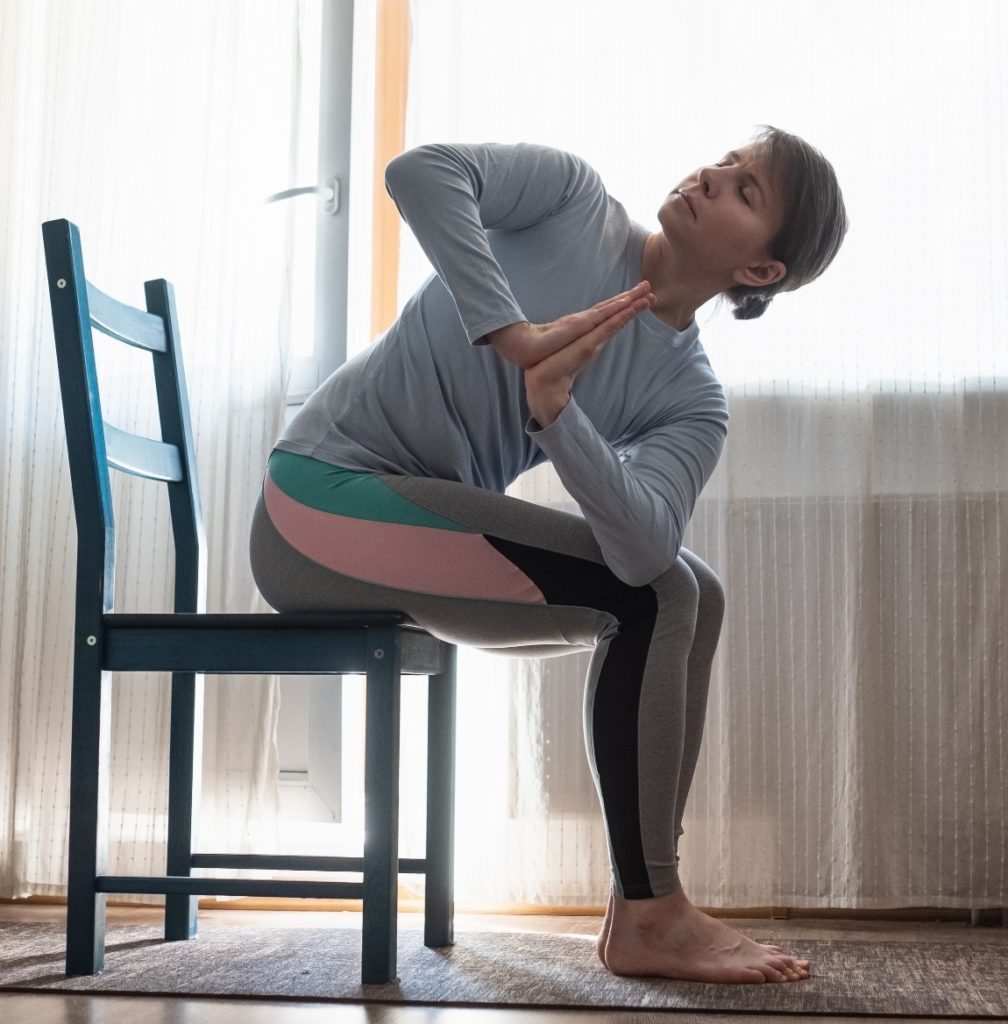Integrative Yoga Therapy
At Paradigm Treatment, our philosophy and approach is based upon the belief that the mind, body, and spirit are connected, and thus, treatment must address and incorporate all parts of the person, in order to be successful, thorough, and lasting. Along these lines, yoga itself is an intrinsically integrative practice and so our Teen Integrative Yoga Therapy program contributes excellently to our individualized holistic treatment plans.

As the name implies, teen Integrative Yoga Therapy is a treatment tool that aims to promote healing, health, and overall well-being by working on the physical, mental, and spiritual levels simultaneously. This therapy incorporates multiple different aspects of yoga practice, including:
- Asana
- Pranayama
- Mudra
- Yoga Nidra
- Mantra
- Meditation
The yoga therapist introduces, combines, and implements these aspects according to the assessments and goals that are present, and can be modified specifically for a group and/or for individual teens.
Asana is simply the physical postures or yoga poses. This physical aspect of the practice benefits the body, mind, as well as the connection thereof, serving as a form of both physical and mental exercise. Physically, the postures help to develop strength and flexibility, muscle tone, and proper body alignment, while also helping to calm the nervous system and create more optimal blood flow. Additionally, because of the calming effect the postures have on the nervous system, especially when teens are able to maintain a slow and steady breathing pattern throughout, the brain is calmed as well. This creates a sense of clarity, spaciousness, and calm in the mind.
Sometimes teens might also learn Mudras, which are specific hand positions that hold symbolic meaning and are usually incorporated during meditation. Physically, the gentle, intentional gestures help to create a softness and awareness in the body and metaphorically, the gestures help to emphasize and/or connect to a certain goal or intention.
Yoga Nidra (or yoga “sleep”) is a relaxed, meditative-like sleeping state, usually done at the end of an asana yoga practice. Not quite sleep and not quite mindful meditation, the aim of Yoga Nidra is to let go and relax, allowing everything else to fall away in order to be fully present.
A Mantra is a sound, word, or phrase repeated as part of a sort of prayer or meditation. You can think of a mantra as a positive message you send to yourself, in line with a certain goal or intention you have, and by the repetition of the phrase, it helps to focus your mind into this space and create power and belief in this direction. Using mantras in the therapeutic context can be a wonderful tool to help teens to notice negative “mantras” they might be telling themselves unknowingly, while also leading teens to intentionally implement positive messages, in order to gain confidence, strength, and hope.
Meditation has many different meanings and applications, but can be as simple as focusing on the breath in order to eliminate or decrease the busyness of the mind. When used in the therapeutic context, there are a number of different techniques therapists can teach teens that can help teens to focus, to feel less anxious, to slow down their minds and notice their feelings, to gain a sense of confidence and self-awareness, and to feel focused and present. In following with the tradition of the ancient yoga practice, it’s especially useful to practice meditation following asana practice, as the poses were ultimately created to help prepare the body and mind for the most effective meditation.
When these different aspects are used in combination with each other, the teen integrative yoga therapy practice is a powerful tool to help create, maintain, and further the well-being of the mind, body, and spirit. Providing teens with the opportunity to engage in yoga during their treatment is not only powerful to help alleviate symptoms and promote healing during their stay, but furthermore, equips them with a tangible practice which they can return to and draw upon, in their own lives.
Other Topics You May Find Helpful…
Why Do Teenagers Lie? Tips for Parents
In a study performed by Nancy Darling, a specialist in young adults behavior and deception,…
Teenage Angst: When To Reach Out for Help
You've seen the eye rolls, heard the dramatic sighs, and noticed that everything seems to…
Adolescent Egocentrism Explained
Do you know that phase in life as a teen where it feels like you're…
What is False Memory OCD?
Memory is a fickle thing. We only sometimes remember everything perfectly. It is normal for…
Signs of Neurodivergence: How to Know if You Are Neurodivergent
If you're feeling a little bit different from other people, but not sure why, or…
Teen Dating: Setting Boundaries for Teens
Statistics reveal that a significant number of teenagers experience physical violence, online harassment, and give…
Contact An Admissions Counselor Here.
Speak with Admissions Now, Call (855) 921-4973 or Use the Simple Form Below.


Lucy Nguyen is the Executive Director at Paradigm Treatment, overseeing all clinical treatment programs across the organization’s southwestern region. Her extensive experience includes working with young adults in private practice, serving as a therapist for children and teens with emotional and behavioral needs, and acting as a behavior interventionist for teens with developmental disorders. Lucy integrates cognitive-behavioral approaches with mindfulness and compassion in her work, and she is also EMDR-trained. She holds a Master of Science in Counseling from California State University, Fullerton, and a Bachelor’s degree in Psychology and Social Behavior from the University of California, Irvine.




